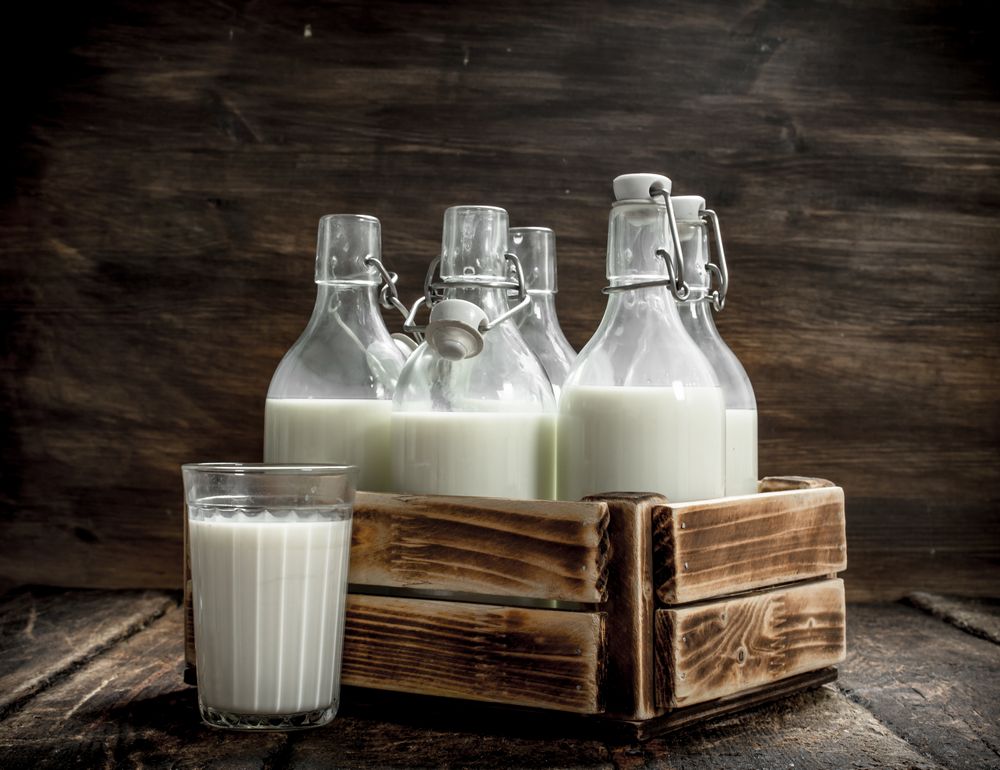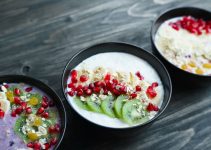
Remember that in this blog our number one concern is insulin.
Milk has fat, protein and sugar (which is the component we are concerned with.) First though, we’ll talk about fat.
SKIM vs HOMO
Remember when millions of us (well, not us here at EatingLove, but those other people), were adamant about drinking low fat milk and so they all proudly proclaimed that they drank 2% because it was healthier (i.e. they didn’t want to gain weight)?
And then there were the ultra keeners who drank skim milk and were in a category of their own. They separated themselves from the rest of us by showing off how superior they were because they drank a vile, watery substance that you could almost see through. Bad Asses!
That kind of thinking was logical in the 1980s. Low fat and low calorie were the dominant ways of thinking about weight loss and that still echos into the 2000s right up to the present.
Today we’re not so concerned with calories, we’re concerned with types of calories. We’re not so concerned with fat, we’re concerned with sugar.
But even if you still believe that calories and fat are what cause weight gain, then switching to lower fat milk like 2% really doesn’t make that much of a difference.
The following nutritional info is per cup of milk:
Whole Milk (Homo) – 150 Calories, 8 grams of Fat, 13 grams of Carbs
2% Milk – 120 Calories, 5 grams of Fat, 13 grams of Carbs
Skim – 80 Calories, 0 grams of Fat, 11 grams of carbs
As you can see, switching from whole milk to 2% saves you a few calories (30) which is a drop in the bucket when talking about overall calorie intake over weeks and months. In other words saving yourself 30 calories a day won’t do squat. Skim milk is about half the calories of whole, which is better if you’re a calorie counter but even then it’s not enough on its own and to be honest, how long could anyone really drink that stuff anyway?
THE SUGAR IN MILK
The 12 grams of carbs in a cup of milk are all sugar, which sounds bad until you realize it’s not the sugar (sucrose or table sugar) that everyone is trying to stay away from.
It’s lactose, and lactose scores low on the glycemic index which basically tells you how much insulin is secreted when you eat certain foods. Low is good, and so foods like milk, cheese, yogurt (plain) butter and cream are all okay to eat when trying to lose weight using a diet (or combination of diets) that are focused on keeping insulin low.
THE FAT IN MILK
Fat is not our enemy anymore. It provides energy, helps build the cells in our body and slows digestion to make it take longer for any carbohydrate in our stomach to enter the bloodstream (which keeps insulin from spiking too high).
Basically it’s good for you, and so when it comes to milk choose the one you enjoy most, which will likely be whole milk due to it’s fat content.
Pretty straight forward.
FINAL WORDS
Milk has been around for thousands of years (animal milk anyway) and has been a primary source of health and nutrition. It’s a food that was highly sought after throughout most of human history and something the poor would have killed for. The number one food of choice to give to starving kids in developing countries is milk, for the simple reason that it will allow them to thrive. Aside from meat there aren’t any other foods that can lay claim to that.
Milk has held that esteemed position and endured for a reason … it’s not bad for you 🙂
So go ahead, enjoy dairy again and be satisfied.
…

THE EATING LOVE GUIDE (FREE)
The Eating Love Guide has helped many people regain control of their eating patterns, resulting not only in weight loss but also better health and improved self-esteem. To read it online, click here.

SUBMIT A POST!
To post your cheat meal, click here. To share your tips, wisdom and/or emotional journey, click here.


